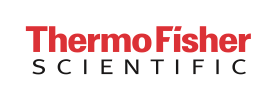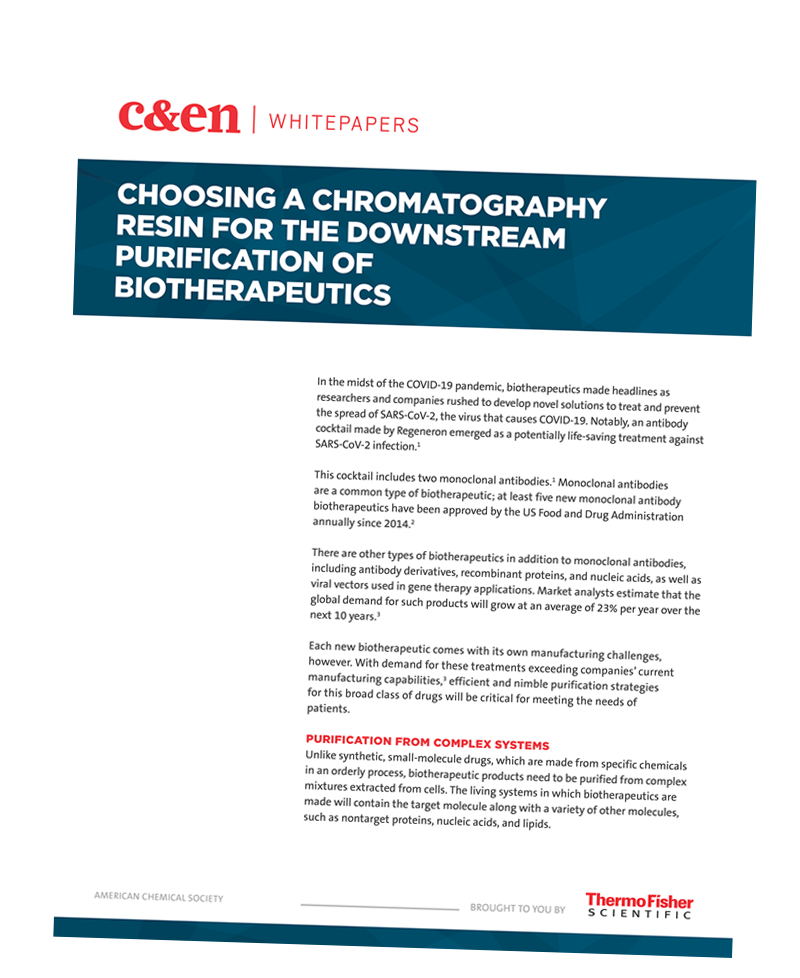
Choosing a Chromatography Resin for the Downstream Purification of Biotherapeutics
Brought to you by Thermo Fisher Scientific
Overview
Biotherapeutics can be used to treat numerous diseases and made headlines in the midst of the COVID-19 pandemic as a potentially life-saving treatment against SARS-CoV-2 infection. Market analysis suggests that global demand for biotherapeutic products will continue to increase at a rate that exceeds companies’ current manufacturing capabilities. Because biotherapeutics are produced in complex biological systems, efficient purification strategies are critical to overcoming manufacturing limitations and meeting the needs of patients.
The development of versatile affinity and non-affinity resins is important to improving biotherapeutic manufacturing. Affinity chromatography resins based on the variable antigen-binding region (VHH) of camelid heavy-chain only antibodies can provide high selective affinity for a broad range of biotherapeutic targets, thus improving purification protocols. Likewise, varied non-affinity resins can further improve biotherapeutic purification and yield. This whitepaper from Thermo Fisher Scientific highlights the versatility of affinity and non-affinity resins and explores how they can support purification of diverse biotherapeutics.
Key Objectives:
- Why affinity and non-affinity chromatography are important for the purification of biotherapeutics
- How affinity ligands enable specific capture and purification of varied types of biotherapeutics
- How decisions around selecting a non-affinity ligand can affect the purification and manufacturing process
Brought to you by:


Please complete the form to download the whitepaper.
*I can withdraw my consent and unsubscribe at any time by e-mailing reply@thermofisher.com . I acknowledge Thermo Fisher Scientific will process my Personal Information according to its Privacy Policy , which includes information about my rights. https://resource.thermofisher.com/page/DB_17_0119/?cid=fl-legalentities
*I can withdraw my consent and unsubscribe at any time by e-mailing reply@thermofisher.com. I acknowledge Thermo Fisher Scientific will process my Personal Information according to its Privacy Policy, which includes information about my rights. https://resource.thermofisher.com/page/DB_17_0119/?cid=fl-legalentities
 *By submitting this form, you agree to receive more information on related products and services from the American Chemical Society (ACS Publications) via email, in accordance with the ACS Privacy Policy.
Copyright © 2025 American Chemical Society | 1155 Sixteenth Street NW | Washington, DC 20036 | View our Privacy Policy